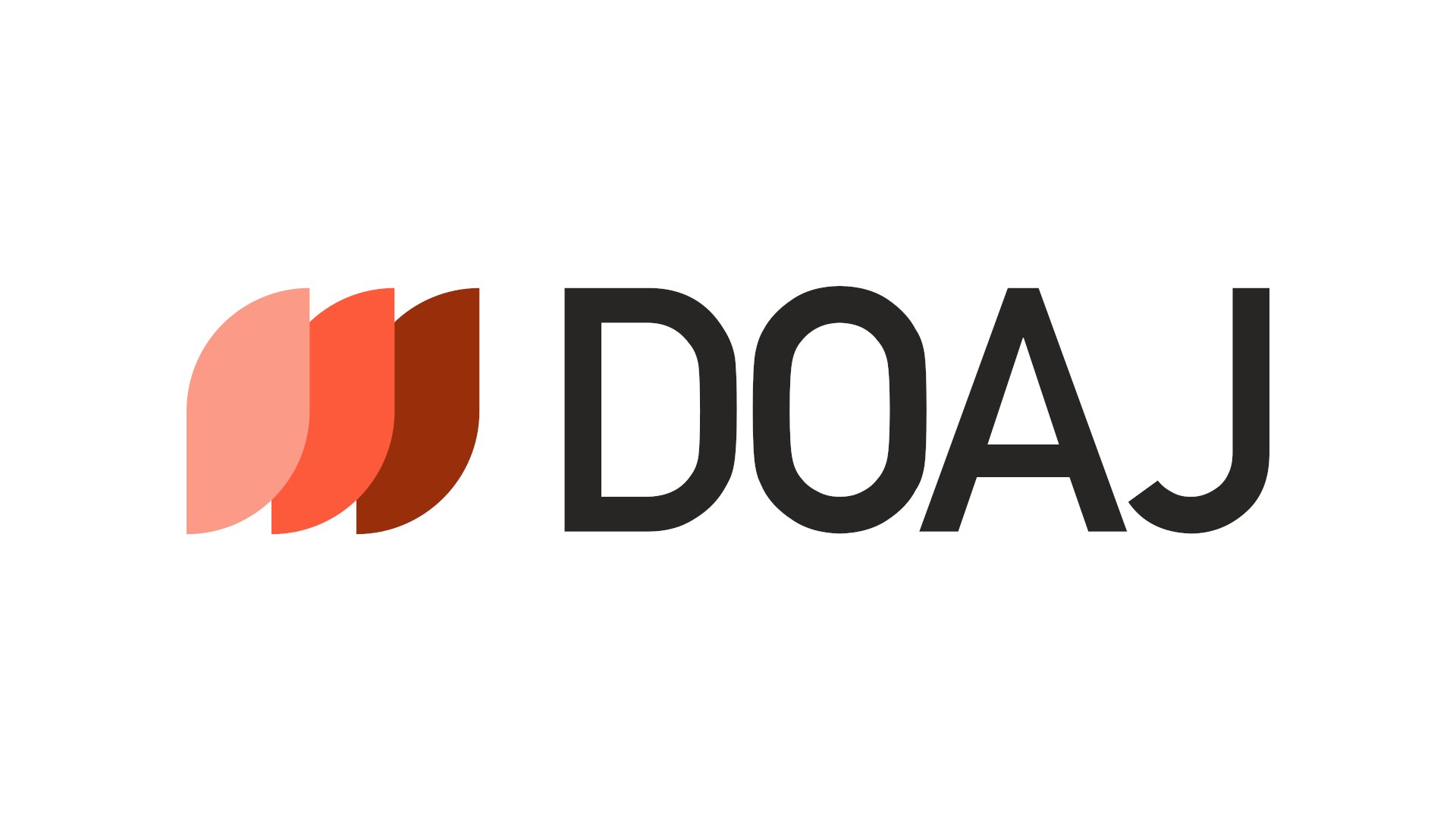The Cloud Architectures for Distributed Multi-Cloud Computing: A Review of Hybrid and Federated Cloud Environment
DOI:
https://doi.org/10.33022/ijcs.v13i2.3811Abstract
The concept of several clouds has greatly extended the use of cloud computing and gained popularity in academic and business circles. The use of multi-cloud techniques has increased as businesses use cloud computing more and more to meet their computational demands. A thorough analysis of cloud architectures intended for distributed multi-cloud computing is presented in this study, with an emphasis on federated and hybrid cloud systems. The study looks at the opportunities and difficulties of adopting and overseeing a variety of cloud resources from several providers. The review starts out by going over the basic ideas and reasons for using multi-cloud strategies, emphasizing how important flexibility, scalability, and resilience are in contemporary computing settings. The study then explores the nuances of hybrid cloud architectures, with a focus on how private and public cloud resources can be seamlessly combined. In the context of hybrid cloud installations, important factors including data sovereignty, security, and workload orchestration are covered. In addition, the research delves into federated cloud architectures, clarifying how enterprises can coordinate and oversee workloads across several cloud providers. An examination of resource identification, policy enforcement, and interoperability procedures sheds light on the intricacies of federated cloud computing. The review delves into new developments in standards, best practices, and technology that help multi-cloud ecosystems mature. The study analyses the state of research and industry practices now, pointing out gaps and possible directions for future development. The intention is to provide decision-makers, researchers, and practitioners with a comprehensive grasp of the changing cloud architectural scene so they can plan and execute distributed multi-cloud solutions with knowledge. In conclusion, this article provides a thorough overview of hybrid and federated cloud architectures by combining information from many sources. Through a comprehensive analysis of the difficulties and possibilities associated with multi-cloud computing, the study hopes to add to the current conversation on cloud environment design and optimization in the rapidly changing technological landscape.
Downloads
Published
Issue
Section
License
Copyright (c) 2024 Karwan Jameel Merseedi, Dr. Subhi R.M. Zeebaree

This work is licensed under a Creative Commons Attribution-ShareAlike 4.0 International License.



